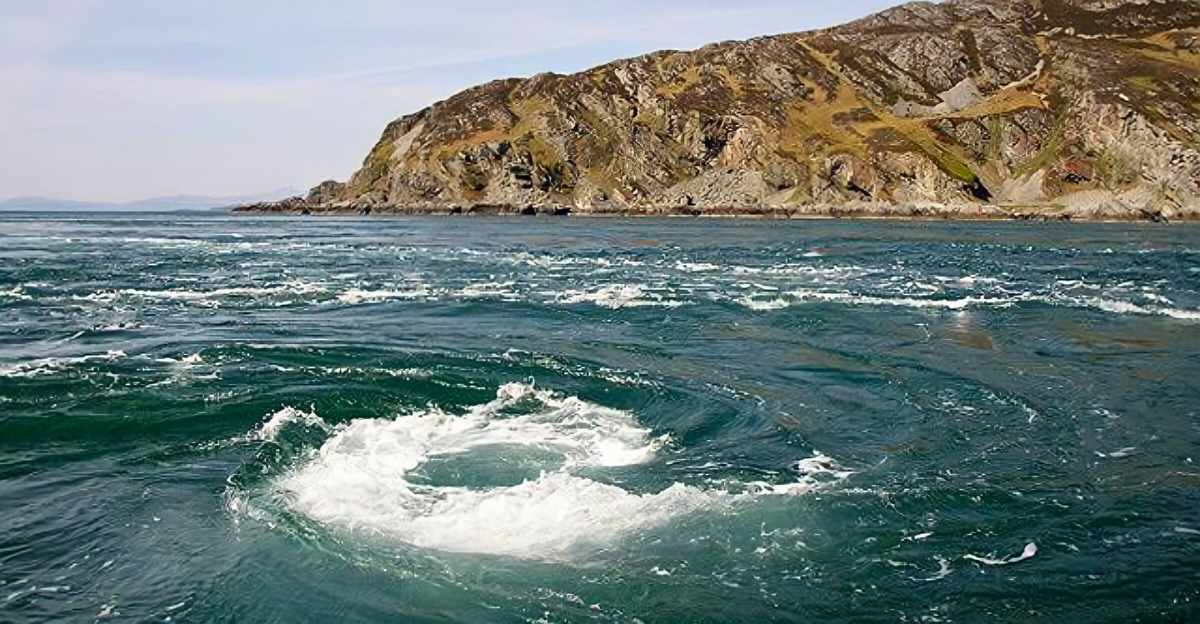
Beneath the cold, restless swells of the North Sea, something astounding has come to light, an enigma that has upended the thinking of even the most seasoned geologists. Researchers have mapped out enormous, never-before-seen structures deep under the seabed using some of the world’s most advanced seismic imaging technology. These aren’t ordinary findings. Instead, they challenge what we thought we knew about how Earth’s crust behaves beneath vast oceans.
The scientific conversation is buzzing from the quiet halls of university geology departments to wildfire threads on Reddit and expert panels on YouTube. This revelation doesn’t just tug at the edge of curiosity; it yanks geology into the spotlight. It leaves scientists and the public alike wondering: What are these colossal forms, and what buried stories do they tell about our planet’s past and future? The answers, it turns out, could ripple far wider than anyone first imagined.
Why The North Sea’s Buried Wonders Matter Globally
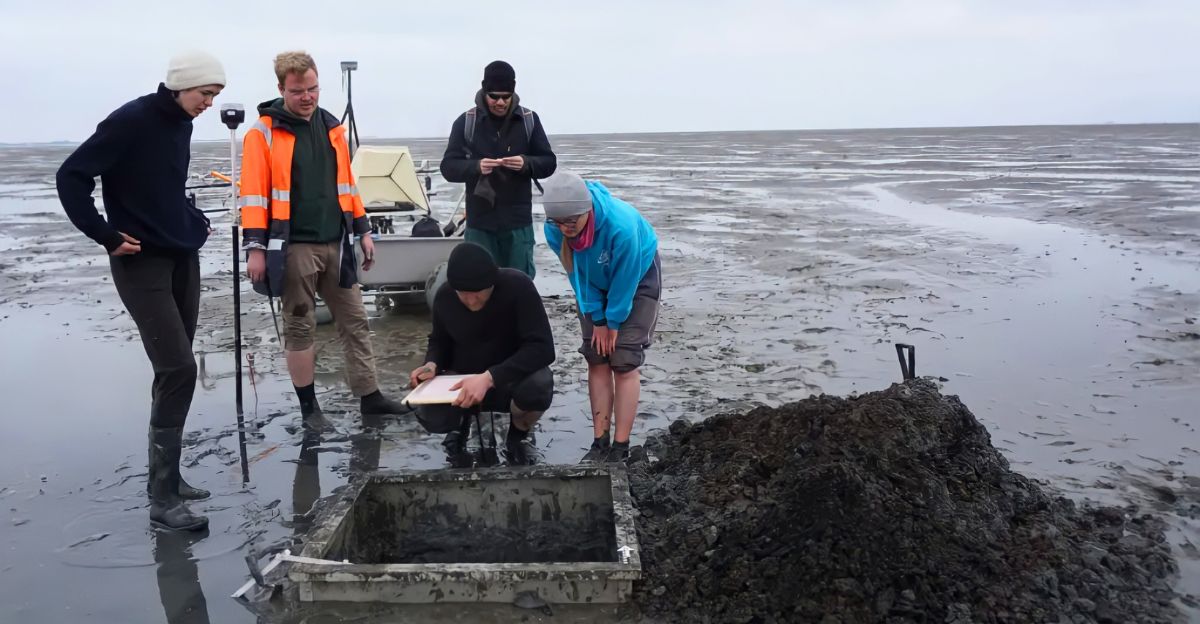
What happens beneath the North Sea doesn’t stay beneath the North Sea. This is more than a geological curiosity; it holds real-world stakes for countries bordering one of Europe’s busiest maritime corridors. These newly charted formations could reshape how nations manage everything from oil and gas exploration to society’s headlong rush into carbon capture and underground energy storage.
The reason? Understanding these subsurface dynamics isn’t just academic; it unlocks safer drilling techniques, sharper environmental safeguards, and smarter carbon storage, all at a time when global energy security and climate goals are both at a tipping point. For millions living across the UK, Norway, and the Netherlands, the story beneath the waves could quickly surface in coastal planning, infrastructure policies, and disaster readiness. The North Sea’s secret is central to a new international energy and environmental strategy era.
Echoes of an Ancient World: Geological Time Travel
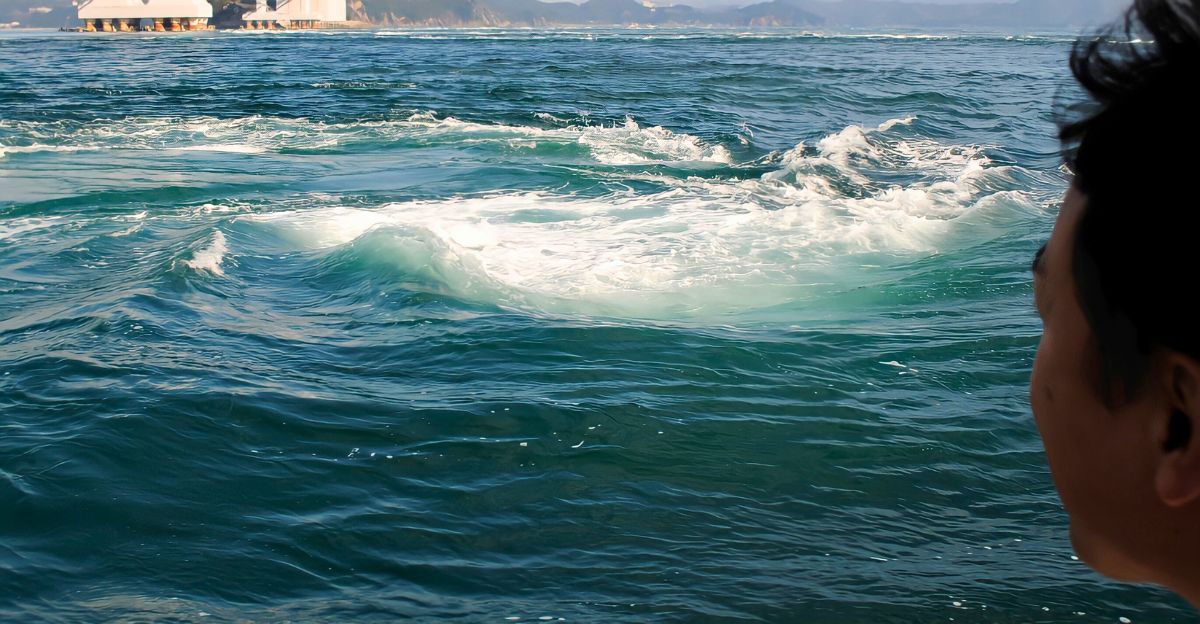
We have to time-travel by several million years to unravel these structures’ meaning. The roots of this mystery stretch back to the Late Miocene and Pliocene epochs, eras when Earth’s climate swung wildly and landscapes transformed. These epochs forged the laws that built the enormous sand bodies or “sinkites” recently discovered under the North Sea.
Unlike normal sediment layers, which build up neatly over the old, these sand masses swapped places: younger, heavier sands dove through lighter seabed material, flipping geology’s rulebook on its head. Today, they serve as frozen evidence of ancient earthquakes and titanic pressures at work, disrupting geological normalcy and reminding us that our Earth’s story isn’t as settled as textbooks suggest. Here, seismic data and imagination unite, offering a rare window into the primal dance of the planet’s crust.
Geological Anomalies: Why Conventional Wisdom Fails Here
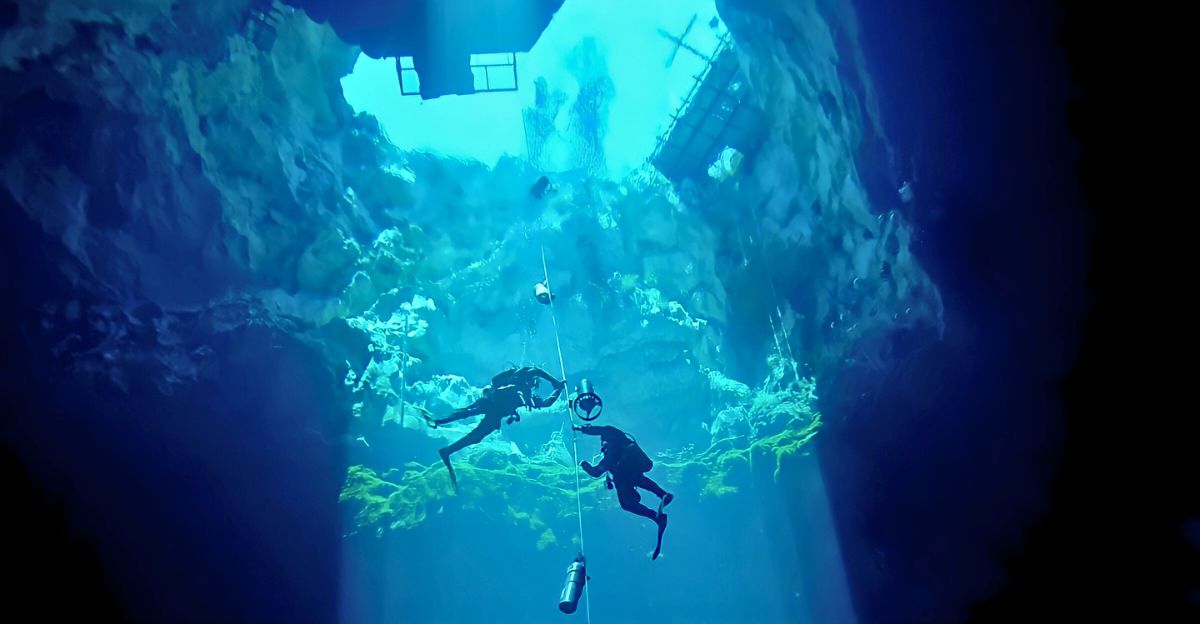
Science favors patterns until it stumbles into exceptions that force a rewrite. The North Sea’s “sinkites” are just such a rupture. Standard geological theory holds that heavier materials settle predictably beneath lighter ones. But these vast sand formations defy that logic: dense sand has plunged downward, displacing and lifting softer, lighter sediments. This process, called stratigraphic inversion, isn’t unheard of, but the scale here is unprecedented.
Researchers suspect underground quakes and pressure shifts turned sand into a liquid, forcing it through natural fractures and sending it downward. The result? Ancient marine ooze floated up, and history’s sediment order spun upside down. For resource explorers and environmental scientists, this anomaly reveals a far more dynamic and unpredictable subterranean world than once believed.
The Groundbreaking Geological Game-Changer

Here’s the bombshell: the North Sea conceals “sinkites,” giant sand structures so large and disruptive they force a fundamental rethinking of geology. Spanning kilometers, these sinkholes are the planet’s most prominent example of flipped stratigraphy. It took the University of Manchester’s researchers using powerful 3D seismic imaging and hundreds of well bores to unravel this. What they found wasn’t just a scientific spectacle.
Lead scientist Professor Mads Huuse emphasizes that these discoveries recast our understanding of how fluids and sediments migrate in the Earth, directly impacting how we locate oil, assess reservoirs, and plan carbon storage. This isn’t abstract theory; it informs multibillion-dollar decisions in the real world, where geology and climate solutions intersect. Ultimately, sinkites don’t just rewrite the textbooks; they reframe how humanity can live with, learn from, and perhaps heal our planet’s complex inner workings.
What Sinkites Mean for North Sea Countries
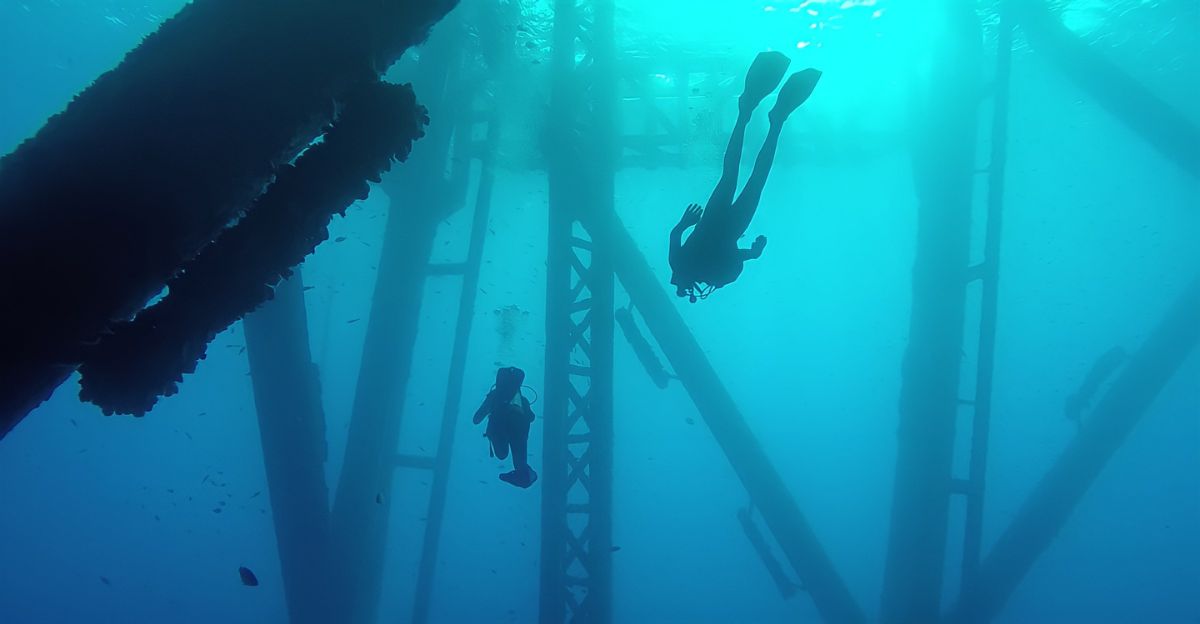
Sinkites aren’t merely academic surprises. Their existence creates concrete challenges and unexpected opportunities for countries staking their futures on North Sea resources. Underneath crucial oil and gas zones, these formations demand new models for safe drilling and efficient resource exploitation. They also open pathways for more secure carbon storage at the climate crossroads, helping countries reach emission targets without gambling on geology’s stability.
For people along the coasts, this means new questions about infrastructure and resilience, or in some cases, new reasons for hope that technology and science can outpace disaster. From TikTok explainers to impassioned Reddit threads, the media has made these discoveries a talking point far beyond ivory towers, sparking honest debate and grassroots educational moments at the intersection of science and daily life.
Human Stories Beneath the Sea: Industry’s Adaptation Struggles
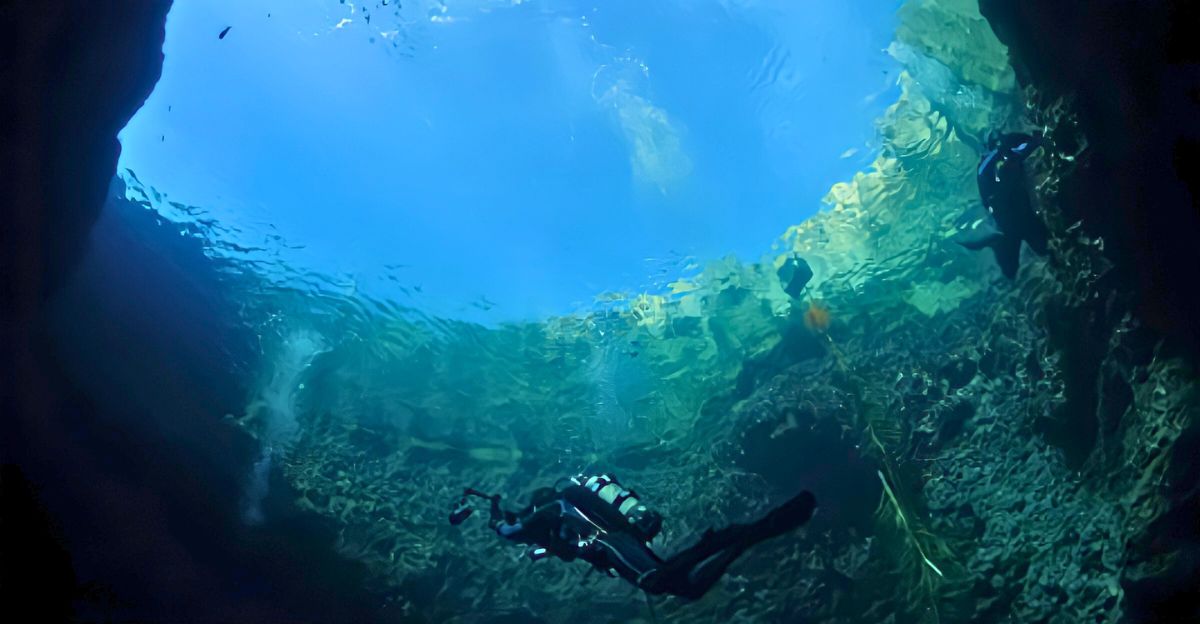
In real terms, the sinkite story is about more than rocks and layers. It marks an inflection point for the industries and workers that depend on the North Sea’s bountiful, if now unpredictable, resources. For oil and gas companies, sinkites mean rewriting the old playbook: seismic maps must be interpreted differently; drilling projects require new checks. The outcome? Shifting business models, new training needs, and cautious optimism from engineers who see obstacles and opportunities.
These stakes are personal. Industry chat platforms, LinkedIn forums, and even YouTube explainer videos are buzzing as professionals swap stories about surprise formations and the sometimes-humbling process of re-learning the seabed’s rules. This is a rare moment where academic puzzles trickle directly into careers, company bottom lines, and the evolving sense of what’s possible below the surface.
Competitors and Climate in the New Subsurface Race
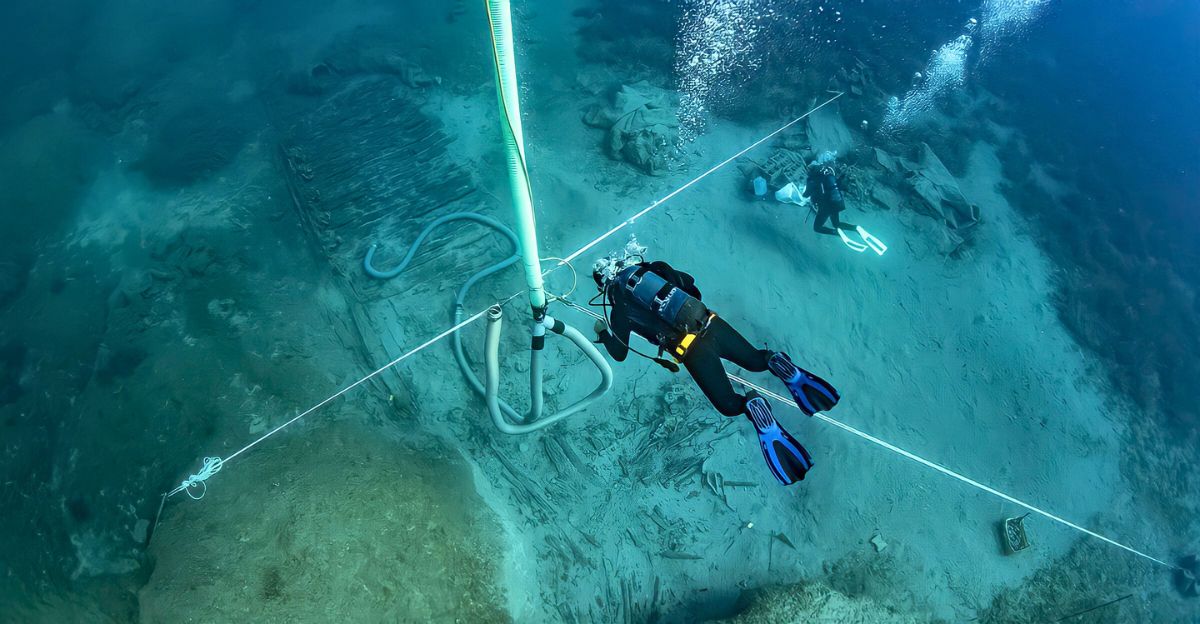
Geological surprise quickly turns into competitive pressure. Now, energy firms and the nations that host them are rushing to adapt, hoping their investments in cutting-edge subsurface tech will give them an edge. The playing field is shifting: companies that first figure out the new sub-seabed dynamics may unlock safer, more profitable extraction or become leaders in carbon storage.
Environmental groups and regulators are watching for mistakes or shortcuts, aware that each subsurface experiment may have above-ground consequences for habitat and climate. This intense, sometimes uneasy intersection of ambition and scrutiny is reshaping North Sea geopolitics, exemplifying how a scientific insight can become both a business opportunity and a regulatory headache sometimes in the same news cycle.
How Sinkites Highlight Broader Shifts in Energy and Environment
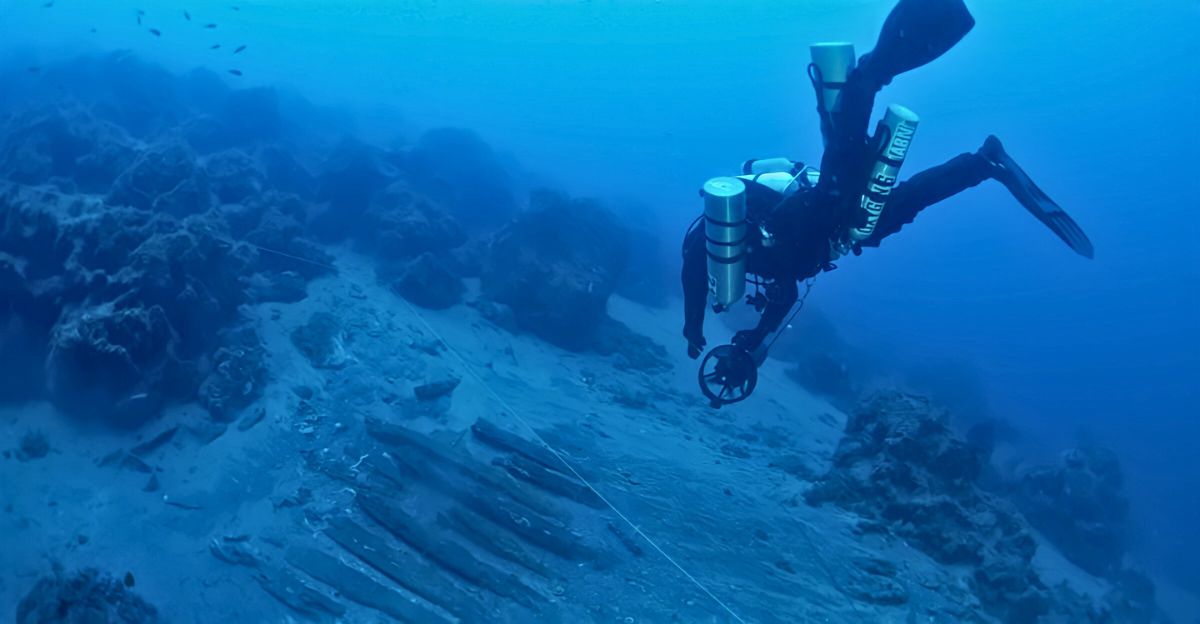
The sinkite phenomenon is perfectly timed and an unlikely symbol for a world on the cusp of energy and environmental transformation. The old models that said rock layers were predictable and straightforward? The North Sea just proved otherwise. This discovery empowers a new generation of geoscientists, policy-makers, and activists to demand more nuanced models for everything from drilling to decarbonization.
Meanwhile, viral debates rage on Reddit and TikTok, propelling public interest and sparking new educational projects in schools and museums. It’s clear: humanity’s approach to the planet’s hidden realms must be as dynamic and responsive as the processes that shaped them. Sinkites have become icons of how discovery can drive collective curiosity, urge humility, and spur change on both local and global scales.
What Sinkites Teach Us About Earth’s Future
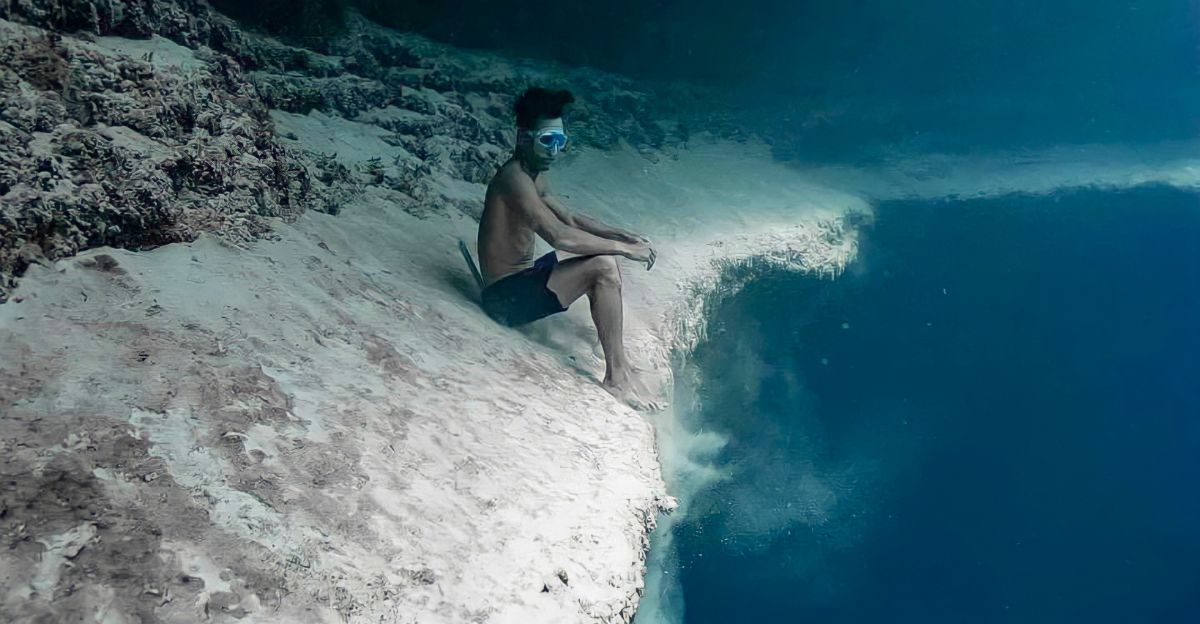
Standing at the edge of this revelation, we’re reminded that even the most explored corners of the world can still surprise us. The North Sea’s giant sinkholes, once unimaginable, are now undeniable. They are not the end of the story, but a bold beginning.
What else lurks below, waiting to shift our priorities or upend long-standing models? Will sinkites provide the key to more secure energy or unlock new standards for storing carbon and protecting climate futures? As scientists, engineers, decision-makers, and everyday citizens look to the seabed with renewed curiosity, the lesson is clear: surprises may lie buried, but discovery never stops. The North Sea’s sinkholes are less a cautionary tale than an invitation to respect the planet’s complexity and seek the truths that will guide a more resilient, adaptive, and inspired tomorrow.